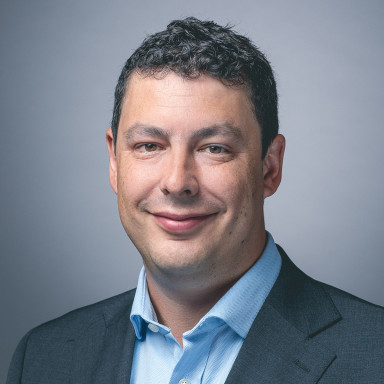Is your investment portfolio ready for interest rate cuts?
Headline inflation in the UK, Europe and US is 2.2%, 2.2% and 2.5% respectively. This is no longer high enough to justify keeping rates at current levels.
It means rates are due to come down.
The European Central Bank has recently cut rates for the second time since June. The US Federal Reserve (Fed) cut for the first time this week and the Bank of England cut in August, but chose not to cut again in September.
We’ve had rate rises and a period of stable rates at high levels but this is now the next step in the interest rate cycle.
However, in the US, recent rates are the highest they’ve been since 2001, which suggests it’s reasonable to expect them to fall again.
The Fed expects rates to fall by a further 0.5% in the US by the end of the year. For the UK, a further cut is expected later in 2024.
This article isn’t personal advice. Unlike cash, investments can rise and fall in value, so you could get back less than you invest. If you’re not sure if an investment’s right for you, ask for financial advice.
Funds for falling interest rates
Investing in these funds isn’t right for everyone. Investors should only invest if the fund’s objectives are aligned with their own, and there’s a specific need for the type of investment being made. Investors should understand the specific risks of a fund before they invest, and make sure any new investment forms part of a diversified portfolio.
For more details on each fund and its risks, use the links to their factsheets and key investor information.
Invesco Tactical Bond
First thoughts turn towards bonds. Bond prices usually fall when interest rates are rising and rise when they’re falling.
There’s also some caution needed, because the journey for inflation to come under control is likely to be a bumpy one. There’s still potential for inflation to increase at times while staying on a downward trend. So, this could cause ups and downs in bond prices.
While bond yields have fallen a little recently, they broadly remain higher than they’ve been for many years. With interest rate cuts expected, we think this is a good entry point to buy bonds.
We think Invesco Tactical Bond is well placed to take advantage of a rate cutting cycle. It’s been altering its investments to benefit from rate cuts more recently.
We can see this in its duration position which, at around seven years, is close to the highest it’s been over the last 10 years in the fund.
Duration is a measure of how sensitive an investment is to interest rate changes and is measured in years. The higher the duration value, the more sensitive the investment is to interest rate changes.
The fund is co-managed by Stuart Edwards and Julien Eberhardt, who make use of the large amount of flexibility they have over what bonds they buy for the fund.
The fund invests in high yield bonds and uses derivatives, both of which add risk.
FTF Martin Currie UK Mid Cap
We think small and medium-sized companies present an interesting opportunity in a rate cutting environment.
These companies have generally struggled during the rising rates. That’s partly because their revenues can be more linked to the health of the economy and because their borrowing costs often aren’t fixed. Both factors can reduce their growth prospects.
The opposite is also true as rates come back down, making them an interesting investment. But small and medium-sized companies are higher-risk than their bigger counterparts.
We think the UK is a good place to invest right now. Small and medium sized companies here have underperformed their larger counterparts a lot over the last three years, meaning they’re potentially offering great value in comparison. This is particularly true in a rate cutting environment.
We think the FTF Martin Currie UK Mid Cap fund is a good option for this. Richard Bullas became a fund manager in 2006 and started working on this fund in 2013. He’s an expert at investing in this part of the UK stock market who we hold in high regard.
Baillie Gifford Sustainable Income
Finally, multi-asset funds might be appealing – particularly those with investments in bonds and investment trusts.
Investment trusts have struggled during the rate rising cycle, especially those investing in property and infrastructure. This is mainly because one of the key attractions of these trusts is income.
As interest rates and bond yields increased, the demand for these types of trusts has fallen because the level of income they pay isn’t much more than cash or bonds now. So, a number of them are trading at a discount to their net asset value.
Looking forward, this has the potential to reverse and add to any returns, however, there are no guarantees.
We think the Baillie Gifford Sustainable Income fund is a good option in this environment. It’s ‘neutral’ asset allocation includes around a third invested in infrastructure and property, and another third invested in bonds. The remainder is usually invested in shares and cash.
It’s managed by a number of experienced individuals at Baillie Gifford. And the diversified nature of the fund means that even if rate cuts have differing impacts on different regions and investments, the fund has potential to benefit.
The fund invests in emerging markets, high yield bonds and derivatives, all of which add risk. It also takes charges from capital which can increase the income paid, but reduce the potential for capital growth.
Please note that the fund holds shares in Hargreaves Lansdown plc.


